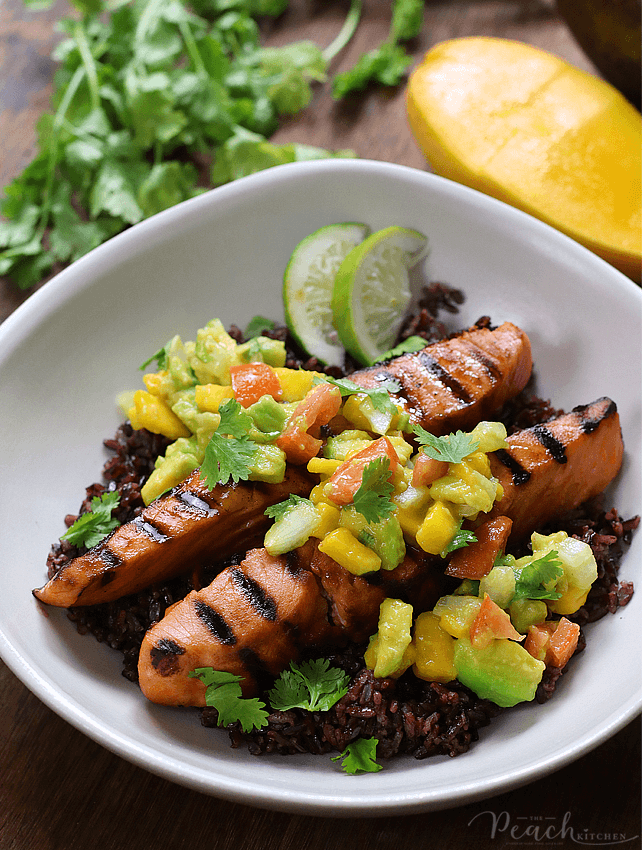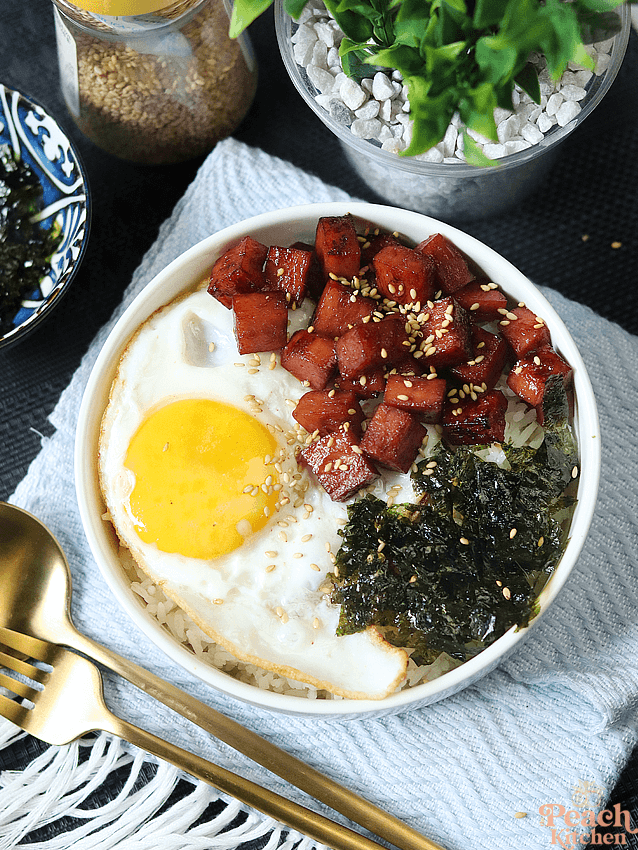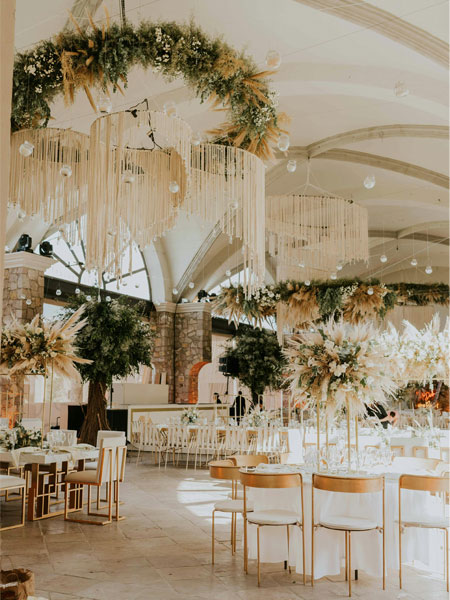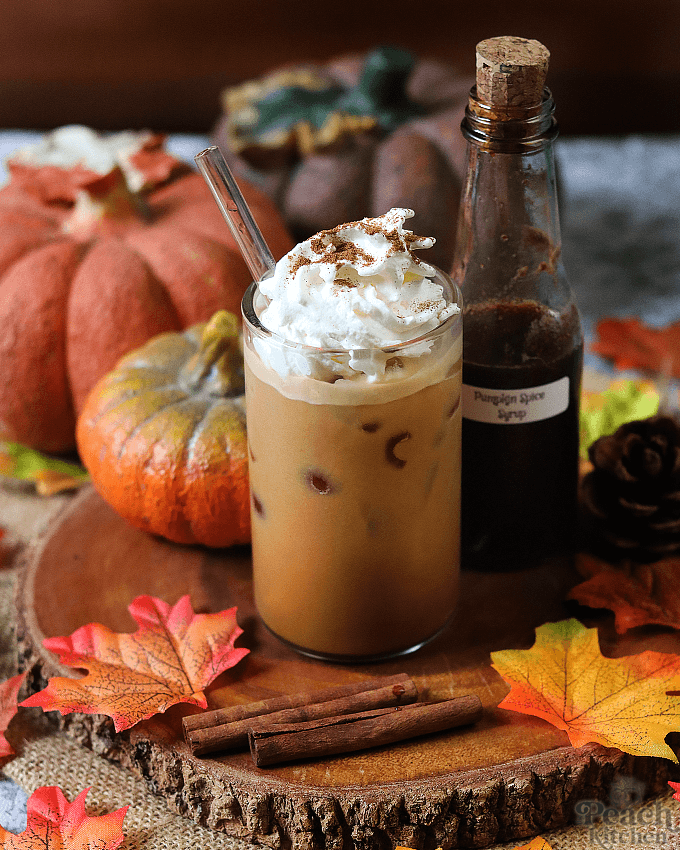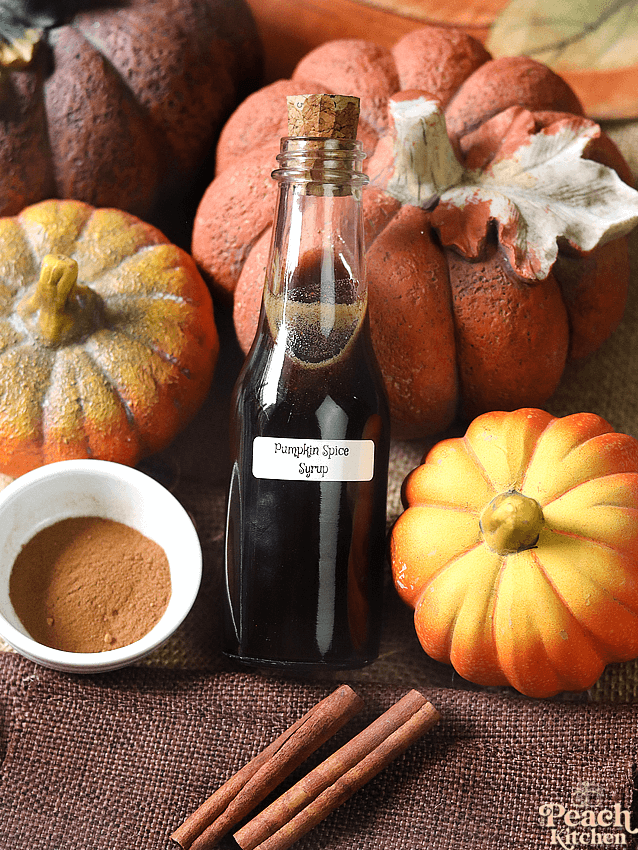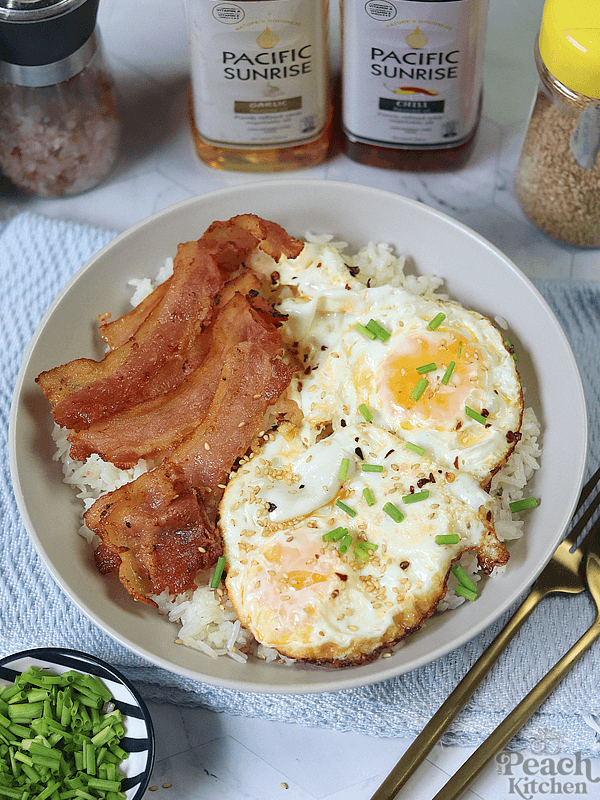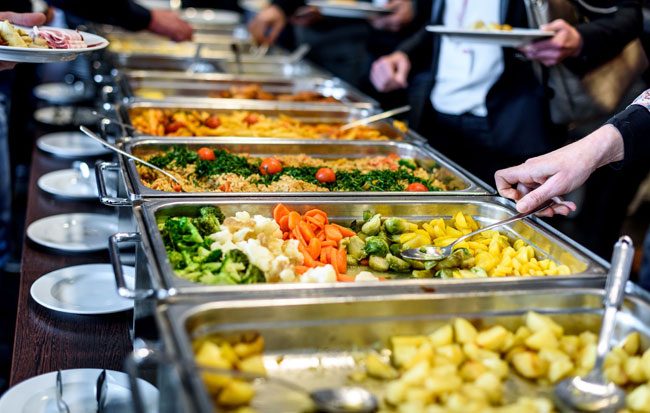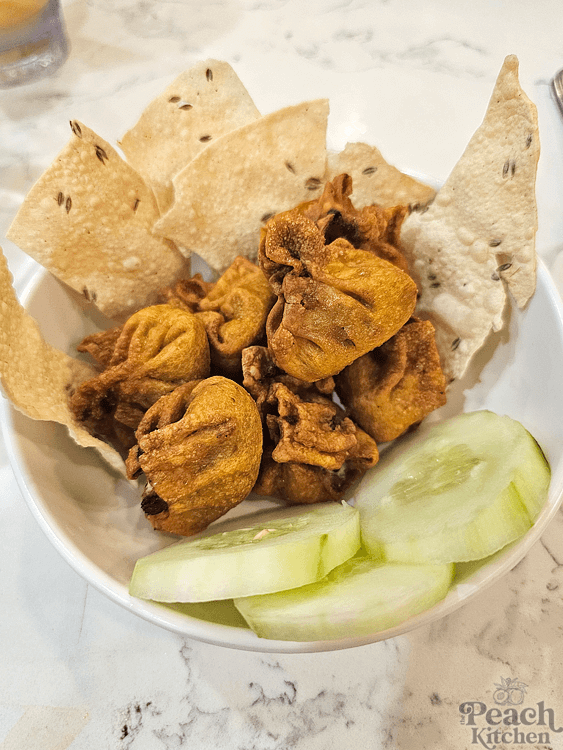Filipino hospitality is legendary and at no time is it more evident than at the festival time. International festivals like the ones in the Philippines not only introduce us to other cultures, e.g. literary fests like the Edinburgh Book Festival, but also worldwide sports festivals of both the physical kind and the mental kind. And for those with a taste for the unusual, there is even the Hot Air Balloon Fiesta. But perhaps the best part is the food and refreshments, which are always readily available around the fiesta venue.
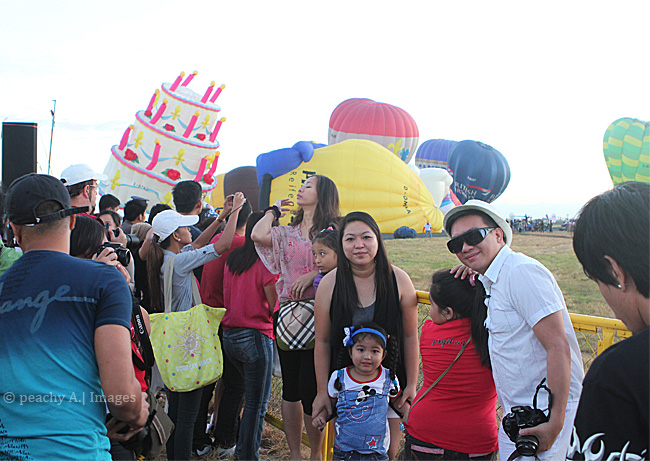
There is a celebration somewhere every month in the Philippines as Filipinos love to show off the produce of the land. For example, the Pahiyas Festival is held mid-May in Lucban, Quezon, and honors the history of farmers by adorning houses with the vegetables, fruits, and handicraft of the region. Remarkably, the produce can be eaten straight off the house after the festival.
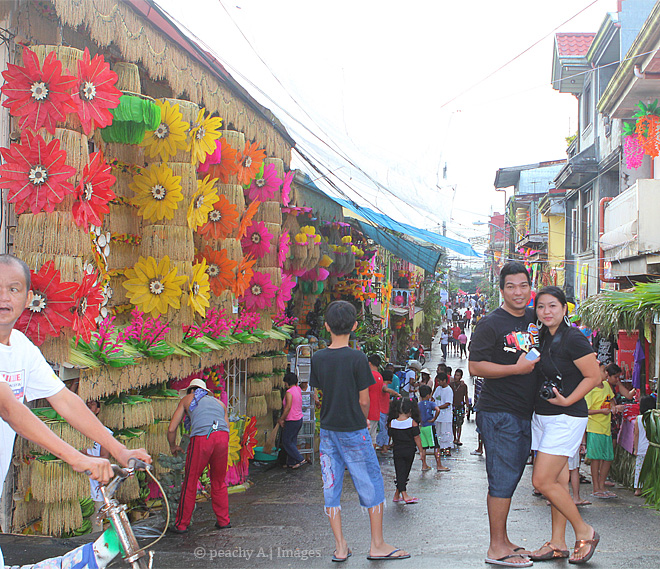
Houses and street posts are often similarly decorated with lanzones during the Lanzones Festival, which is held for four days in October in Mambajao, Camiguin. Lanzones come from a type of tree in the Mahogany genus and are considered low-calorie and fiber-rich fruits. This festival weekend is also packed with street dancing, parades, and cultural shows.
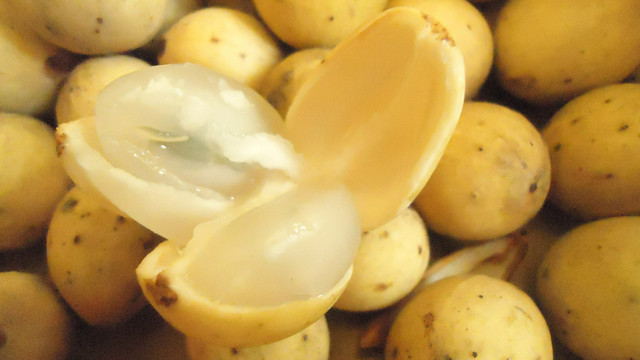

The Parada ng Lechon is held annually in Balayan, Batangas. The delectable lechon, the most loved festival food of all time, are dressed up in different costumes, then paraded around the towns before being taken home and eaten. The inhabitants of Batangas and Iligan celebrate the festival in January and September. So, what can you do with the leftover lechon? In less than 20 minutes, four people can enjoy of the rest of the lechon using this recipe:
3 cups leftover lechon
1 small bunch lettuce
4 stalks spring onions
Hoisin sauce (equal parts mayonnaise and mustard, plus honey to taste)
8 small tortilla wrappers
Slice leftover lechon into strips. Heat in the microwave or toaster oven.
Cut meat into strips and place on a tortilla. Add lettuce and a mayo-mustard sauce combo or the spring onion and hoisin sauce and enjoy.
Another proud display of natural resources is the Dinagat, which is held on the 15th of August to promote Cordova-rich marine resources such as the Bakassi or Cordova eel. Held in Cebu, this festival features a cooking contest and a dance called the Bakassi, which is symbolic of the eel. Pateros, on the other hand, is the home of the famous balot, another exotic Filipino food. Featured in the Balot sa Puti Festival, which is held on 31st of January, balot is a fertilized duck egg, noted for its developing chicken or embryo.
Suman Festivals are held in February in Aurora and in May in Antipolo, with its signature attraction the Suman rice cake, which is made from a sticky rice cooked in coconut milk and wrapped in banana leaves, buli, or buri palm (Corypha). It is then steamed to produce the famous glutinous rice cakes.
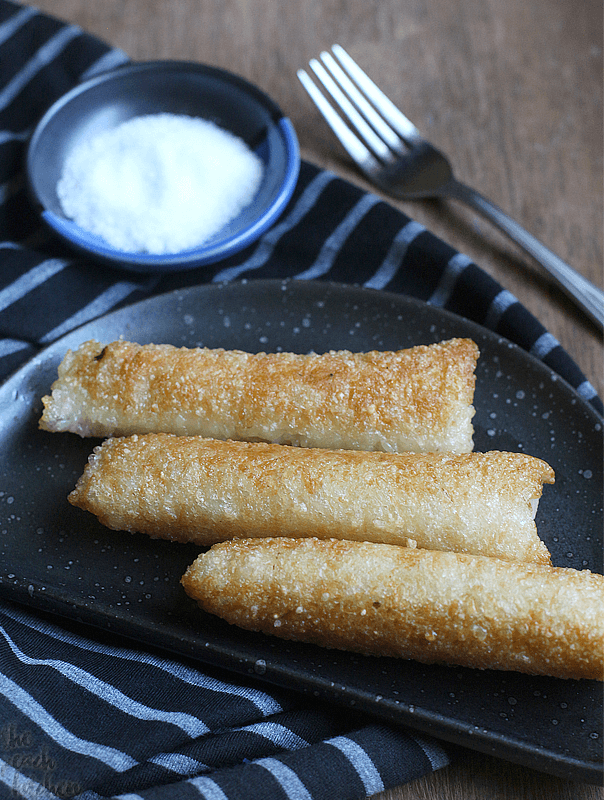
Filipinos have a great affinity for celebration and food. They also take pride in their traditional dishes. And as the world moves toward healthy and organic meals, the Filipinos are exploring new ways to tweak traditional cuisine, making the food all the more appealing.




